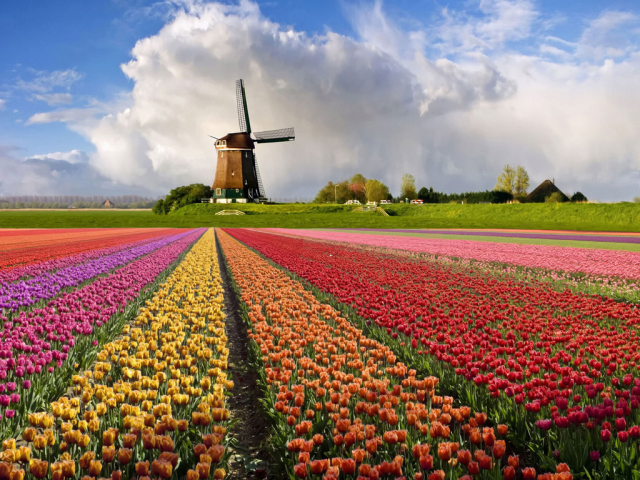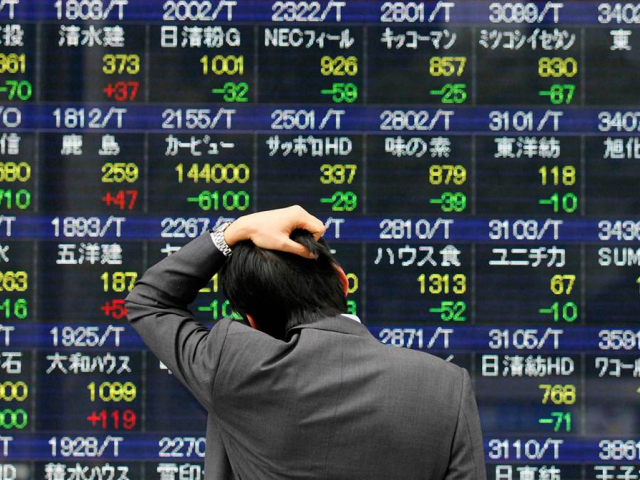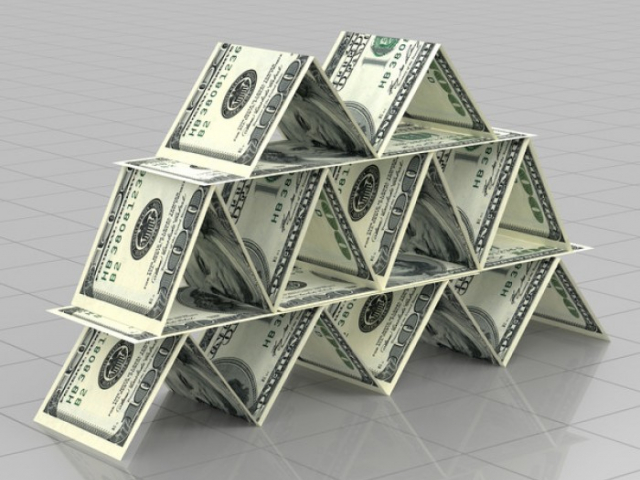
One of the first financial bubbles arose in the tulip market in 1634-1637 in the Netherlands. Various sections of the population of the country were involved in tulip trading. At the peak, the cost of one bulb was several thousand guldens. Contemporaries noted that tulips surpassed in price even gold and silver. This bubble burst in February 1637, and in May the flowers were already worth about 20 guilders.

In 1711, the Great Britain Company was created in Great Britain, to shareholders of which the exclusive right to trade with the Spanish part of South America was promised. Until 1717, the company did not undertake commercial activities. In 1720, its stock price began to grow rapidly: from 128 pounds sterling (in January) to 1,000 pounds sterling (in August). However, by the end of September, the value of securities had collapsed to 150 pounds sterling, and thousands of investors were on the verge of ruin.

Another economic bubble took place in Japan between 1986 and 1991 and was accompanied by multiple rises in prices in the real estate and stock market of the country. As a result of deflation of the bubble, which lasted more than ten years, Japanese goods have become less competitive abroad, and the decline in domestic consumption has become the cause of deflation, which the state is trying to overcome until now.

The dotcom bubble was observed between 1995 and 2001 and was formed against the backdrop of the rise in the value of shares of companies (mostly American) that offered to use the Internet to generate revenue. The peak of the bubble occurred on March 10, 2000, when the NASDAQ index reached 5,132.52 points during trading, and then, at the close, fell more than a half. Ultimately, new business models proved ineffective which led to a wave of bankruptcies in this sector and a collapse in the prices of server computers.

Prices for the residential real estate in the United States were actively growing until the middle of 2006, after which they began to fall precipitously. At the same time, interest rates on mortgage loans with a floating rate began to rise. This entailed an increase in the amount of monthly payments and led to a sharp increase in the number of defaults on loans. In 2007-2008, a huge credit bubble in the US real estate market began to deflate, while widely spread derivative securities, including those with subprime mortgages, were almost completely depreciated.
 English
English 
 Русский
Русский Bahasa Indonesia
Bahasa Indonesia Bahasa Malay
Bahasa Malay ไทย
ไทย Español
Español Deutsch
Deutsch Български
Български Français
Français Tiếng Việt
Tiếng Việt 中文
中文 বাংলা
বাংলা हिन्दी
हिन्दी Čeština
Čeština Українська
Українська Română
Română
